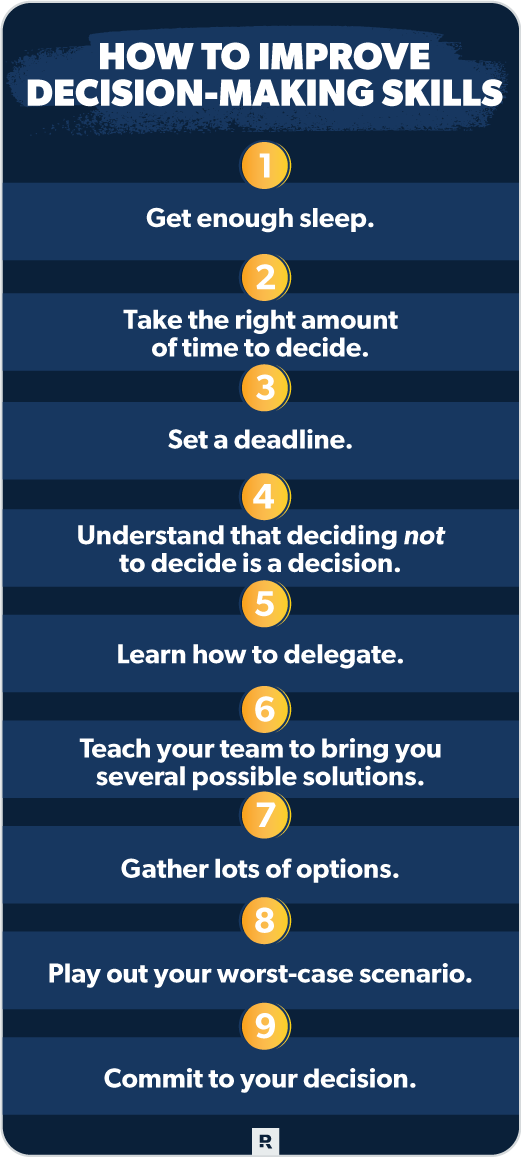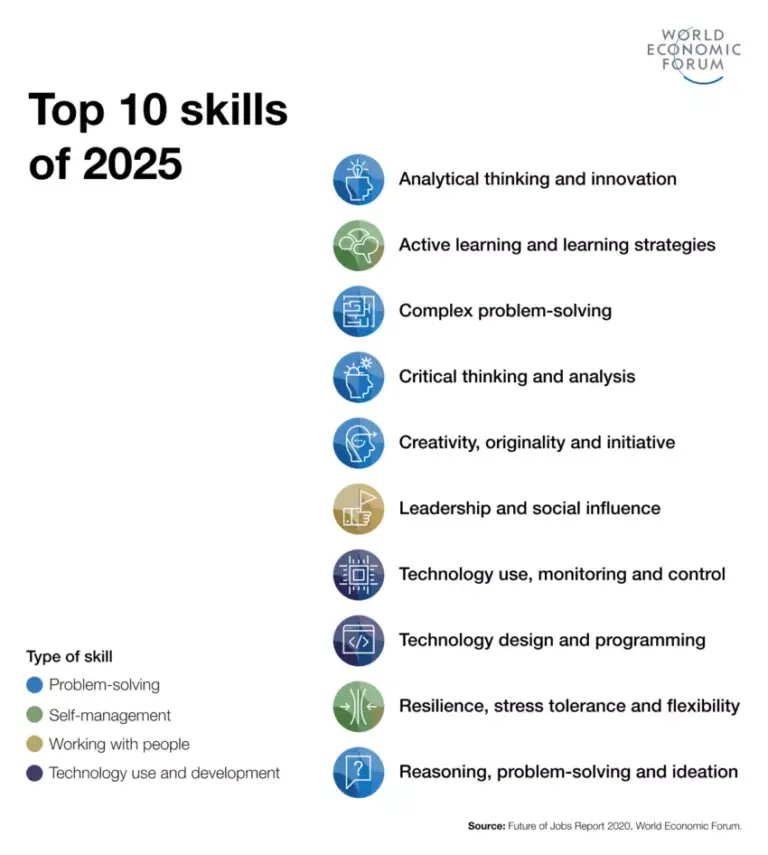Freelancing as a Bridge to Full-Time Employment

The modern workforce is changing fast. More people are choosing to work for themselves. In the UK, over 15% of workers prefer self-employment. They want better work-life balance, creative freedom, and control over their work.
Career Transition is becoming more common. Many use Freelancing as a way to get to Full-Time Employment. It’s not just about avoiding the daily grind. It’s about using freelancing to get into stable, growing jobs.
The gig economy is expanding. It’s important to understand how freelancing and full-time jobs work together. This knowledge helps people move through their careers smoothly.
The Evolving Landscape of Work
Freelancing has become a key part of today’s work landscape. This shift towards flexibility has opened up more freelancing jobs. Now, people can take charge of their careers.
Working for yourself isn’t always easy. It can be financially tough, with long hours and a lot of responsibility. Many freelancers struggle to make a steady income. This makes some think about going back to a full-time job.
Yet, freelancing brings its own benefits. It lets you try different things, improve your skills, and meet new people. This experience is great when you decide to go back to a full-time job. It shows you’re adaptable and proactive.
The work landscape is changing fast, and freelancing is leading this change. As the job market keeps evolving, knowing how freelancing fits into career transition is key for everyone.
Why Consider Freelancing as a Bridge to Full-Time Employment
For many, freelancing is more than just a temporary solution. It’s a career bridge to full-time employment. This way, people can get valuable experience and skills that employers want.
Freelancing lets you build a portfolio that shows off your skills. This makes you more appealing to employers. It’s like testing the waters before diving in – you can try out different roles and industries without a big commitment.
Business coach Jon Nicholls of BlueBiz Consulting says, “It’s a bit like gambling – you have to know when to pull out.” He suggests that if freelancing hurts your health, makes it hard to pay bills, or you just don’t enjoy it, it might be time to think differently.
Freelancing as a way to full-time employment has many benefits. It lets you gain relevant experience and network in your industry. This can lead to job offers.
In the end, seeing freelancing as a stepping stone is a smart move for those aiming for full-time employment. By using the skills and experience from freelancing, you can stand out in the job market.
Benefits for Job Seekers
The freelance world is a great chance for job seekers to grow their professional network and create a personal brand. Freelancing lets people work on different projects and in various industries. This makes them more versatile and appealing to employers.
For example, Jo Westwood graduated from Falmouth University with a degree in textiles. She worked in a design studio for 18 months before starting her freelancing career in 2010. She has been a textile designer, social media manager, and life coach. This shows how freelancing can lead to many career paths.

Freelancing also helps job seekers build a professional network. By working on different projects, they meet and work with many professionals. This can lead to valuable connections and job opportunities. Plus, freelancing’s flexibility lets people choose projects that fit their career goals.
Creating a personal brand is another big freelancing benefit. Freelancers can show off their skills and achievements through their portfolios and online presence. This makes it easier for employers to find and evaluate them. With diverse experience and a strong professional network, freelancers have a better chance of getting a full-time job.
In summary, freelancing is a great way for job seekers to get diverse experience, build a professional network, and create a personal brand. These are key for a successful career transition. By using these freelancing benefits, individuals can improve their job prospects and reach their career goals.
Benefits for Employers
Freelancing offers more than just benefits for the individual. It also gives employers a chance to find a wide range of talents. Freelancers have worked with many companies and systems, which can help employers innovate or fill skill gaps.
Experts say freelancers come with a lot of experience. They’ve worked with different companies, people, systems, and processes. This diversity can bring new ideas and solutions to employers.
Freelancers offer employers flexibility. They can adjust to project needs without the long-term commitment of hiring full-time staff. This is very useful in today’s fast business world, where being able to grow or shrink quickly is key.
Hiring freelancers also lets employers find skills they might not have in-house. This is great for projects that need special skills or for covering temporary gaps in the team.
By using freelancers, employers can meet immediate needs and also find future employees. Many freelancers are hard workers with a good track record, making them great candidates for full-time jobs.
In summary, freelancing has many benefits for employers. It lets them tap into a wide talent pool, get new ideas, and find specialized skills. As the work world changes, using freelancers can be a smart way for employers to succeed.
Freelancing as a Bridge to Full-Time Employment: Strategic Approaches
To move from freelancing to full-time work, you need a solid plan. It’s about knowing how to use Freelancing Strategy for a Career Transition. Freelancing is more than just doing jobs; it’s about growing your network and showing off your skills.
Direct vs. Indirect Communication
Choosing the right way to talk to employers is key. Direct communication means telling them you want a full-time job. Indirect communication is about showing your skills through your work. A mix of both can work well, where you talk about your goals but also show your skills through your work.
For example, by doing more than expected in a freelance job, you show you’re ready for a full-time role. This not only proves your skills but also helps build a strong relationship with your employer.
When to talk about moving from freelancing to full-time work is important. It’s best to discuss this after you’ve done a big project or shown your value. This shows you’re serious and ready for the change.
Make sure you want to move to full-time work for the right reasons. A clear reason is important for a smooth transition. You should be ready for the challenges that come with a new job.
By using the right Freelancing Strategy and timing, you can turn freelancing into a path to Full-Time Employment. This approach not only improves your career but also opens up new opportunities for growth.
Building Relationships That Lead to Job Offers
Professional networking is key for freelancers looking to career transition. It helps you get noticed by employers. A strong network can open doors to new opportunities.
Linda Harrison’s story is inspiring. She started freelancing after being a staff writer. A motoring lawyer she interviewed asked for PR help. This led her to build a network that brought more work.

To get job offers, focus on quality work and great customer service. This builds a strong reputation. It makes clients more likely to recommend you or offer a full-time job.
Here are tips for professional networking:
Go to industry events and conferences. Meet clients and other professionals. Use social media, like LinkedIn, to stay connected and seen.
By using these strategies, you can get more job offers. And make a successful career transition.
Crafting Your Personal Brand and Portfolio
In the competitive freelancing world, a strong personal brand can really set you apart. Think of yourself as a business. This mindset will push you to work harder and grow your career.
Establishing a Professional Online Presence is key. You need a professional website or portfolio that shows off your skills and achievements. Make sure your online image is the same everywhere, including social media.
When building your Personal Branding, focus on what makes you unique. Show off your strengths, values, and the quality of your work. Your brand should clearly show who you are professionally.
Portfolio Development is also vital. Your portfolio should have your best work, showing what you can do. Keep it updated to show your growth and skills.
Investing in your personal brand and portfolio boosts your visibility and career chances. A strong brand and portfolio are essential for a smooth transition from freelancing to a full-time job.
From Freelancer to Employee: Making the Transition
Switching from freelancing to a full-time job needs careful planning and a readiness to change. Freelancers often struggle with adjusting to a set schedule and office life.
To make this easier, start a morning routine that suits you. It helps you get ready for work. Also, it’s key to set clear work and personal life boundaries. Freelancing’s flexibility can blur these lines.
Understanding the cultural shift from freelancing to being an employee is also important. Freelancers work alone, but employees are part of a team. Being open to feedback and following company rules helps you fit in.
Lastly, update your professional profile to show your new job. This informs your network and can lead to more career chances.
Being ready for the changes in full-time work and seeing the benefits can help you succeed. You’ll become a valuable team member.
Conclusion
Freelancing can be tough but also very rewarding. It needs a lot of discipline and planning. It’s a great way to get to full-time jobs, helping both job seekers and employers.
Freelancing lets people get valuable experience and build a professional network. It helps them create a personal brand that shows off their skills. This can lead to full-time jobs, as more employers see the value in hiring freelancers.
Switching from freelancing to a full-time job needs careful planning. It’s key to build good relationships, create a strong personal brand, and show off your skills through a portfolio.
In short, freelancing is a key step to getting a full-time job. It makes career changes smoother. By knowing the ups and downs of freelancing, people can move forward and find a rewarding career.






